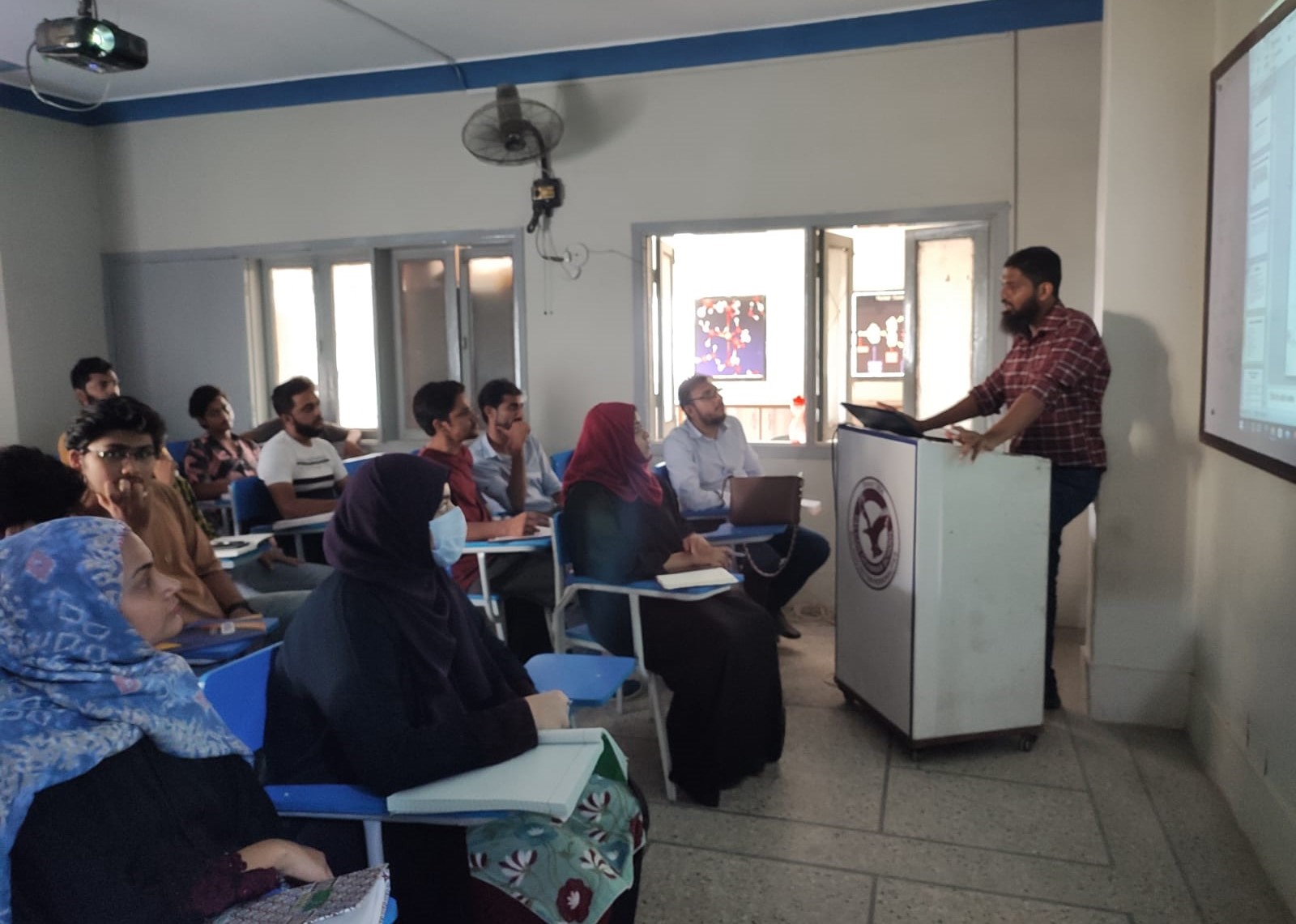Online Computer Courses in Karachi: Why CIT Courses Matter
In today’s fast‑paced digital world, gaining strong computer skills is essential for academic success, career growth, and entrepreneurial ventures. In...

In today’s fast‑paced digital world, gaining strong computer skills is essential for academic success, career growth, and entrepreneurial ventures. In Karachi, a wide variety of online computer courses are now accessible, offering flexible learning from the comfort of home.
Among these, CIT courses (Certificate in Information Technology) stand out as a foundational pathway to digital literacy and market‑ready capabilities.
What Are CIT Courses?
CIT courses provide structured training in fundamental IT topics that serve as a solid groundwork for students, job‑seekers, and freelancers alike. Core modules typically cover:
- Introduction to Information Technology—understanding hardware, software, operating systems and networks
- Office Automation with applications such as Word, Excel, PowerPoint, and Outlook
- Graphic orientation using tools like Photoshop or Illustrator
- Web basics, including HTML, CSS, WordPress, and Dreamweaver
- Freelancing awareness, digital literacy and online portfolio building
From this broad foundation, learners can tailor their development toward specific careers or services.
Advantages of Online CIT Courses in Karachi
Flexible Learning
Online formats allow learners to manage their schedules, access recorded lectures, and revisit lessons at will. This flexibility is highly valued by working professionals and students.
Comprehensive Curriculum
Well‑structured CIT courses blend theory with hands‑on practice, covering office tools, web technologies, graphic basics, and more. They often include freelancing guidance to boost monetization skills.
Personalized Instruction
Many online offerings provide live sessions with qualified instructors, one‑on‑one tutoring, or small batch coaching for practical, real‑world learning.
Career Readiness
Completing a CIT course equips students with employable skills—such as data manipulation, presentations, basic designing and web development—that can open doors to roles like office assistant, computer operator, web designer or freelance service provider.
What Does a Typical CIT Course Include?
Although content varies slightly across programs, a standard CIT curriculum typically covers:
- IT Basics & Operating Systems: understanding computer components, OS navigation, file handling and security fundamentals.
- Office Automation Suite: composing documents, managing spreadsheets, crafting professional presentations, and email coordination.
- Design Tools: basic graphic editing and layout skills using tools like Photoshop or Canva.
- Web Literacy: building simple websites using HTML/CSS or WordPress. Often includes exposure to setting up hosting and domains.
- Freelancing & Portfolio Build‑Up: creating profiles on freelance platforms, preparing a showcase of skills, and understanding online client engagement
Learners frequently complete hands‑on exercises, small design or document projects, and introductory web pages.
Who Can Benefit Most from CIT Courses?
- Beginners with no prior computer experience
- Students seeking to enhance digital competence
- Job seekers aiming for office or support roles
- Freelancers building portfolios in writing, design, or development
- Career‑switchers wanting a fresh start in IT or digital services
A CIT course lays a firm foundation; once complete, individuals often branch into specialized areas like web development, graphic designing, analytics, or programming.
Tips for Choosing the Right Online CIT Course
Curriculum Depth and Balance
Ensure it covers both Microsoft Office tools and web or design basics, with opportunities to practice.
Delivery Format
Select a course offering recorded lessons, live interaction or recorded plus live practice sessions for flexibility and engagement.
Hands‑On Learning
Look for programs that emphasize project work over passive videos.
Instructor Credentials
Experienced IT‑industry tutors or certified professionals tend to offer stronger guidance.
Support System
Access to doubt sessions, feedback mechanisms and learning communities enriches the overall experience.
Course Outcomes & Skill Growth
On completion of a CIT course, students can expect:
- Proficiency in creating and formatting professional documents, presentations, and spreadsheets
- Ability to design basic graphics and perform image edits
- Confidence in building simple web pages or WordPress sites
- Preparedness to create a freelance profile and tackle entry‑level project work
- Enhanced digital literacy, including email usage, internet navigation and basic cybersecurity practices
These skills not only help in academic or work settings but also foster a digital mindset essential for modern careers.
Next Steps After a CIT Course
Once foundational knowledge is secured through CIT modules, continuing education in a specialty can elevate one’s value. Consider exploring:
- Advanced graphic design tools and UX/UI
- Web development frameworks—JavaScript, PHP, Bootstrap
- Digital marketing or SEO tactics
- Data analytics or proficiency tools like Power BI
- Certification courses in cybersecurity, database management, or cloud platforms
Starting with a CIT course gives you a solid base to take any of these directions with clarity and confidence.
Final Thoughts
For anyone in Karachi today looking to build digital skills, CIT courses in an online format offer a practical, flexible, and career‑focused entry point. With coverage spanning office automation, web and graphic basics, freelancing readiness, and IT fundamentals, they serve as powerful stepping stones toward freelance careers, office roles, or tech‑driven specialization.
By choosing a well‑structured online CIT course that offers active support and real‑life project work, one can gain meaningful skills and open new opportunities in today’s digital ecosystem.







